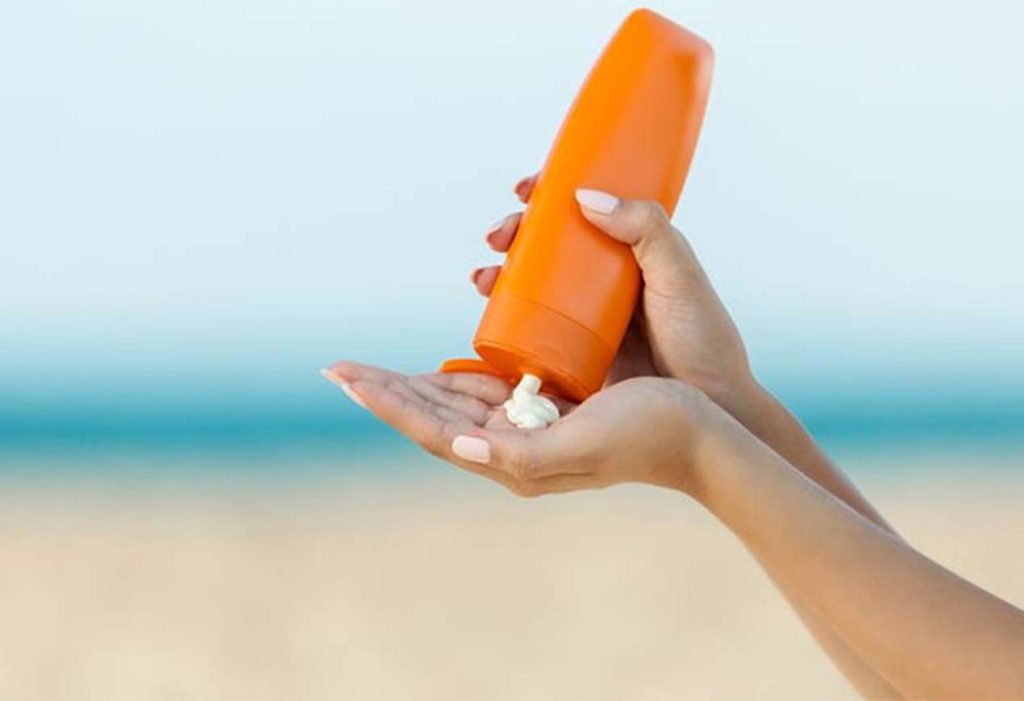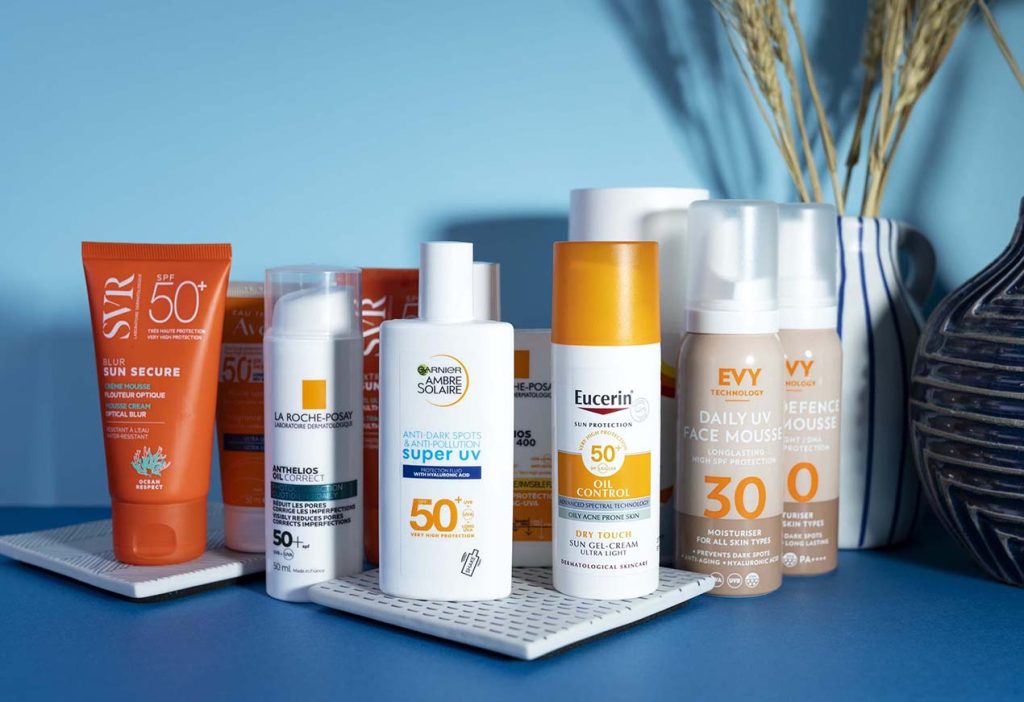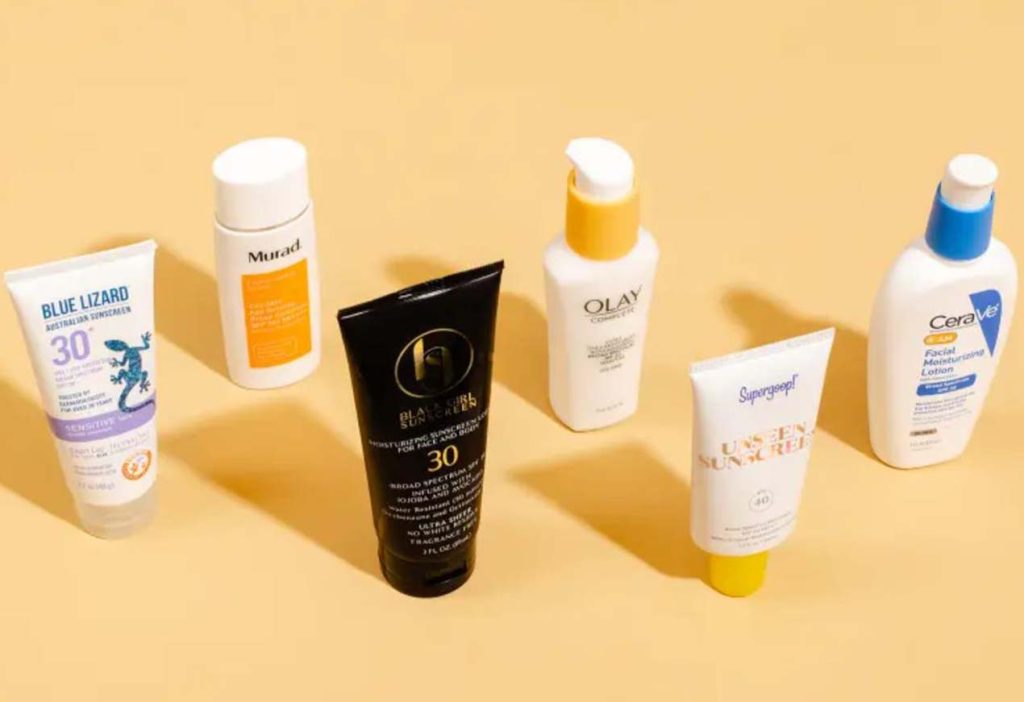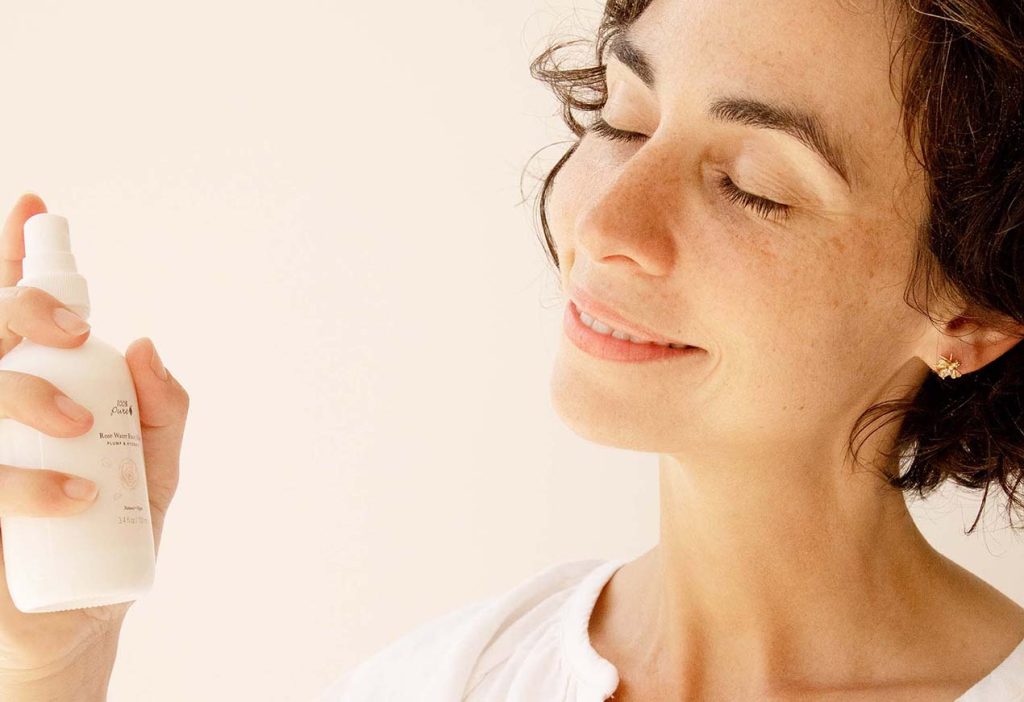
As summer approaches, it’s essential to prioritize sun protection while enjoying the warm weather. We will delve into two crucial aspects of summer skincare: physical vs. chemical sunscreen and UVA/UVB protection in SPF skincare products. Understanding these concepts will empower you to make informed decisions about your sun protection routine, ensuring that your skin remains healthy and radiant throughout the summer months.
Physical vs. Chemical Sunscreen: Decoding the Difference

When it comes to sunscreen, there are two primary types: physical and chemical. Distinguishing between these two types is key to selecting the right sunscreen for your skin and sun protection requirements.
Physical Sunscreen: Also referred to as mineral sunscreen, physical sunscreen contains active mineral ingredients like zinc oxide and titanium dioxide. These minerals create a physical barrier on the skin’s surface, reflecting and scattering UV rays. Physical sunscreens offer broad-spectrum protection, safeguarding the skin against both UVA and UVB rays. They are often recommended for individuals with sensitive skin or those who prefer natural ingredients. Physical sunscreens take effect immediately upon application and are less likely to cause skin irritation.
Chemical Sunscreen: Chemical sunscreen incorporates organic compounds that work by absorbing UV rays and converting them into heat, which is then released from the skin. Common active ingredients in chemical sunscreens include avobenzone, octinoxate, and oxybenzone. Chemical sunscreens also provide broad-spectrum protection against UVA and UVB rays. They are often favored for their lightweight texture and ease of application. It’s worth noting that some chemical sunscreens may cause skin irritation or allergic reactions in certain individuals. Conducting a patch test before using a new sunscreen is recommended.
UVA/UVB Protection in SPF Skincare Products

Having comprehended the distinction between physical and chemical sunscreen, let’s explore the significance of UVA/UVB protection in SPF skincare products.
UVA Protection: UVA rays possess longer wavelengths that penetrate deep into the skin, leading to premature aging, wrinkles, and sunspots. These rays are present throughout the year and can penetrate clouds and glass. To ensure adequate UVA protection, seek sunscreen labels that mention “broad-spectrum” or “UVA protection.” Additionally, look for ingredients such as avobenzone, zinc oxide, or titanium dioxide, as they offer effective UVA protection.
UVB Protection: UVB rays possess shorter wavelengths that primarily affect the outer layer of the skin, causing sunburns and contributing to the development of skin cancer. UVB rays are strongest between 10 a.m. and 4 p.m. To shield your skin from UVB rays, opt for a sunscreen with a high sun protection factor (SPF). SPF indicates the level of protection against UVB rays, with higher SPF values offering greater protection. It is recommended to use sunscreen with an SPF of 30 or higher.
Choosing the Right SPF Skincare Products

Now that we have a solid understanding of physical vs. chemical sunscreen and UVA/UVB protection, let’s discuss how to select the appropriate SPF skincare products for your summer skincare routine.
- Seek Broad-Spectrum Protection: Opt for sunscreen products that provide broad-spectrum protection, shielding your skin from both UVA and UVB rays. This ensures comprehensive protection against sun damage.
- Consider Your Skin Type: Take into account your skin type and any specific concerns you may have. If you have sensitive skin, physical sunscreen may be the better choice, as it is less likely to cause irritation. For oily or acne-prone skin, look for lightweight, non-comedogenic formulas that won’t clog your pores.
- Check the SPF Level: Choose a sunscreen with an SPF of 30 or higher to ensure adequate protection against UVB rays. Remember to reapply every two hours or more frequently if you are swimming or sweating.
- Implement Additional Sun Protection Measures: While sunscreen is essential, it’s crucial to adopt other sun protection measures as well. Seek shade during peak sun hours, wear protective clothing, and use sunglasses and wide-brimmed hats to shield your face and eyes from the sun’s rays.
- Double Up on Protection: Incorporate SPF into your daily skincare routine by using moisturizers, foundations, and lip balms that contain SPF. This way, you ensure continuous sun protection without adding extra steps to your routine.
By comprehending the differences between physical and chemical sunscreen and recognizing the importance of UVA/UVB protection in SPF skincare products, you can make informed decisions about your summer skincare routine. Remember to prioritize sun protection, embrace the sun responsibly, and keep your skin healthy and radiant throughout the summer months.


